Domestic Pets of Shoguns of Japan
 |
| Falconry, known as takagari, which includes the keeping and training of hawks, was indeed a noble pastime in Tokugawa Japan |
The Various Pets of Japan's Shoguns
Tokugawa Ieyasu, the first leader of the Tokugawa Shogunate, had a fondness for birds that was shared by all his descendants. Ieasu's love for falcons made him famous all across the country. He gathered a remarkable assortment of rare birds like parrots, peacocks, and nightingales, alongside his favorite falcon, Hayabusa. Having them around not only enhanced the beauty of his palace but also gave off an air of opulence and refinement.While some shoguns found consolation in birds, others developed great ties with their loyal dogs. Oda Nobunaga, a tremendously ambitious samurai, was accompanied by a dog called Inu. Inu's commitment to his master echoed Nobunaga's wish for his troops to be as faithful to him.
Some shoguns' eccentricity was heightened by their preference for unusual animals such as monkeys, deer, and even a tiger, rather than dogs and cats. Although Tokugawa Tsunayoshi is well-known mainly for his animal welfare policies, he also owned a collection of exotic animals such as monkeys, deer, and even a tiger.
Tokugawa Iemitsu, the third shogun, was known for his fondness for horses, particularly his prized stallion Kurokage. Iemitsu utilized Kurokage, a horse renowned for its speed and stamina, to travel across the country swiftly and reach his destinations much quicker. Tokugawa Yoshimune, the ninth shogun of the Tokugawa dynasty, had distinct preferences. He built exquisite ponds for koi carp in his palace gardens, where he found the ideal spot to reflect and relax.
Falcons and Hawks
The Japanese Sparrowhawk, also called Kanmuri-Washi or Kotaka-Washi, is a tiny bird found in Japan and utilized by falconers for hunting small animals like sparrows and quails. Conversely, the Northern Goshawk (Accipiter gentilis), also called O-Washi or O-Takazura, is a bigger type of hawk famous for its powerful clutch and ability to hunt medium-sized birds and mammals. Experienced falconers favor Northern Goshawks, but these birds also demand additional training time.
Dogs
However, there was a difference in how domestic pets and stray dogs were viewed, with stray dogs being seen as much lower in status. This even led to samurai incorporating the killing of stray dogs into their training practices.
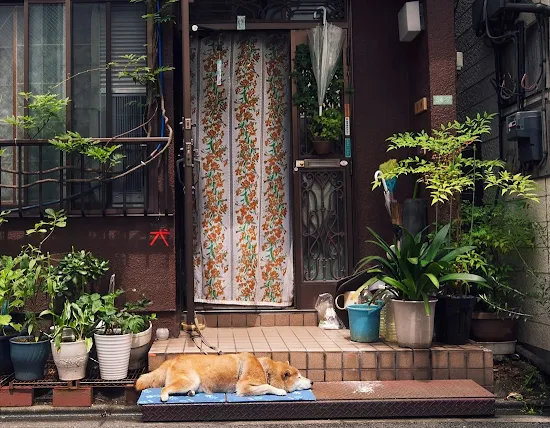 |
| Dogs, from the loyal companions of the samurai to the enduring tale of Hachiko's loyalty, have left an indelible mark on Japan |
The Dutch understood the importance of hunting dogs and tried to gain the favor of shogun by bringing them into Japan. There is a general agreement that the big hunting dogs referenced in Japanese documents from the Edo period were a type of greyhound that was brought over from Europe.
Cats
Unlike dogs, cats were valued for their elegance and mysterious traits. In Japanese mythology, cats are commonly depicted as symbols of luck, guardians against malevolent forces, and preservers of holy areas.This same view was brought into daily life, as cats were embraced in households and establishments for their association with luck and wealth as talismans.
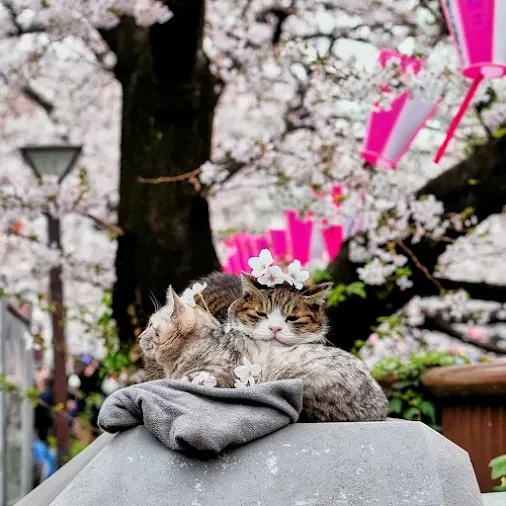 |
| In Japan, it's common to see cats leisurely strolling through city back alleys or relaxing under the open sky |
Monuments and Temples Connected To Domestic Pets Around Japan.
During the Edo period Japan many monuments and temples were dedicated to dogs and cats. Dogs were respected with dedicated shrines because of their connection to Inari, the Shinto god connected to rice. Additionally, cats have been associated with various Shinto and Buddhist gods, like the welcoming cat Maneki-neko.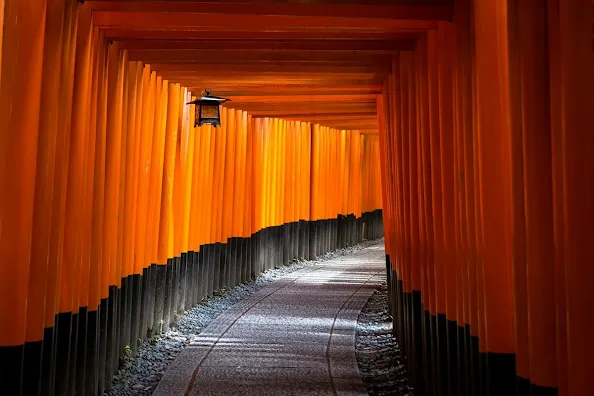 |
| Japan boasts several temples and monuments linked to dogs and cats. Be sure to visit them on your next trip! |
The Gotokuji Temple in Tokyo is famous for its connection to the Maneki-neko, also known as the beckoning cat. As per an ancient story, a poor temple priest's cat gestured with its paw for people to enter, prompting a samurai to take shelter from a storm at the temple. Grateful for the advice of the cat, the samurai later made generous donations to the temple. Currently, Gotokuji Temple contains many statues of Maneki-neko.
Tashirojima Island, also called "Cat Island," in Miyagi Prefecture, draws cat lovers from all over the world because of its numerous cat inhabitants and attractions related to them.
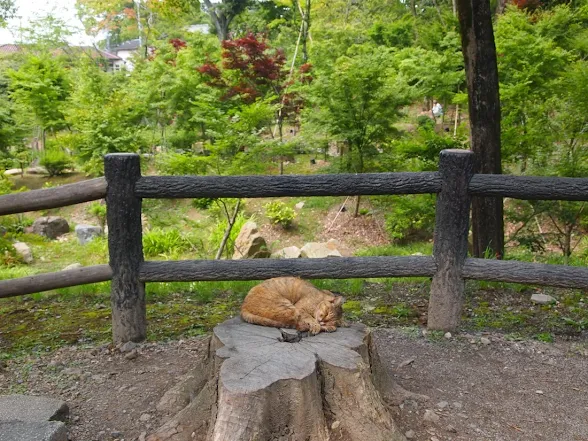 |
| Numerous cats inhabit many scenic spots in Japan, adding extra charm |
The statue of Hachiko, located in front of Shibuya Station in Tokyo, pays tribute to the famous Akita dog Hachiko.
The legendary loyalty of Hachiko to his owner, Professor Hidesaburo Ueno, has become a part of Japanese folklore. Despite Professor Ueno's passing, Hachiko remained faithfully waiting at Shibuya Station for his return every day.The Hachiko statue was installed outside Shibuya Station in Tokyo in 1934 and has since become a popular tourist destination.
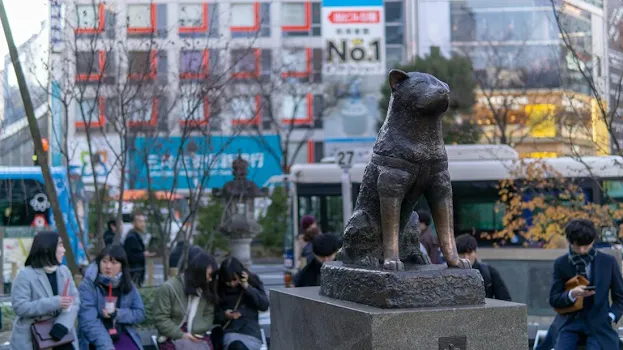 |
| The story of the dog Hachiko gained worldwide fame, particularly after the 2009 movie of the same name, starring Richard Gere |
The History of Animal Welfare in Japan: The Story of "Dog Shogun," Tokugawa Tsunayoshi
Stringent regulations were established to protect dogs and other animals from harm or mistreatment, leading to harsh penalties for those who break the rules. This differed from the typical belief that dogs should be primarily utilized for labor or hunting and should get rid of them if they weren't more useful.
Tsunayoshi ordered construction of bridges and roads in Edo Japan with small curbs to protect dogs from being run over by heavily loaded wheel carts, as they traveled alongside humans on the busy streets.
Tsuyanoshi's care for the welfare of animals went beyond just dogs; he gave orders to prioritize the well-being of horses as well. Not long after being appointed shogun, Tsunayoshi commanded the end of the tradition of severing horses' tendons to increase their stamina in the stables. Individuals were subject to fines under the new regulations if they overloaded horses with too much cargo.
Nevertheless, his policies received criticism from some of his peers. They thought his emphasis on animal welfare was either too much or misdirected. This was particularly remarkable considering the socio-political obstacles of humans during that time. Some individuals came to the conclusion that animals were prioritized even over human welfare.
In general, Tokugawa Tsunayoshi's animal welfare actions, particularly his focus on safeguarding dogs, represented a notable shift from conventional beliefs about animals as tools.
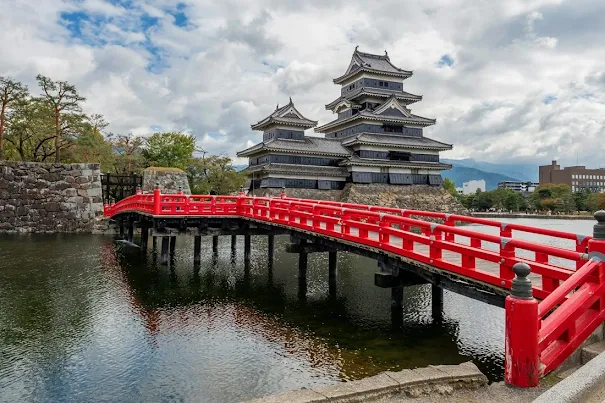

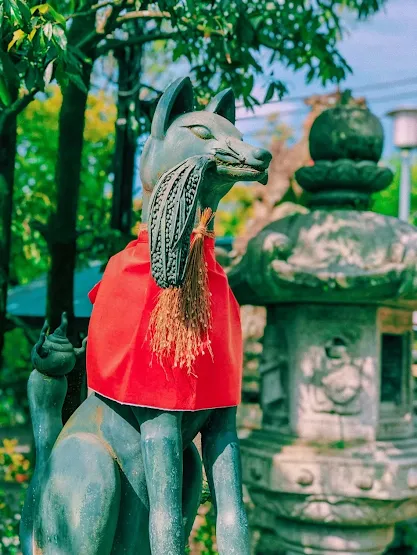
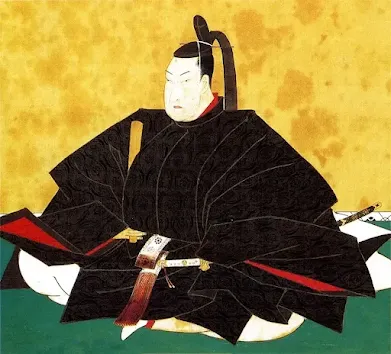

Comments
Post a Comment